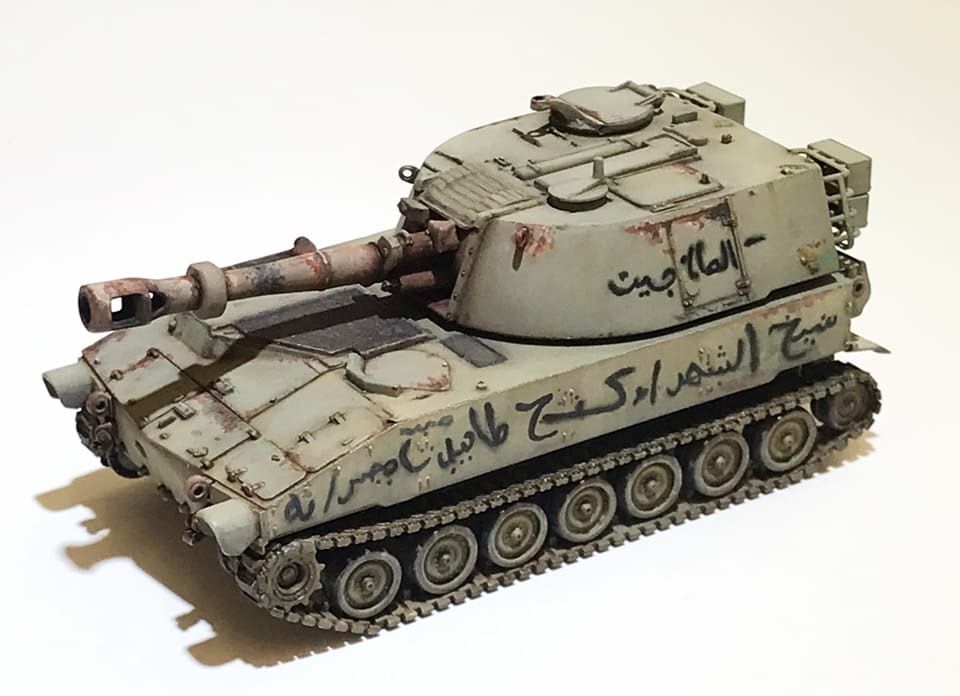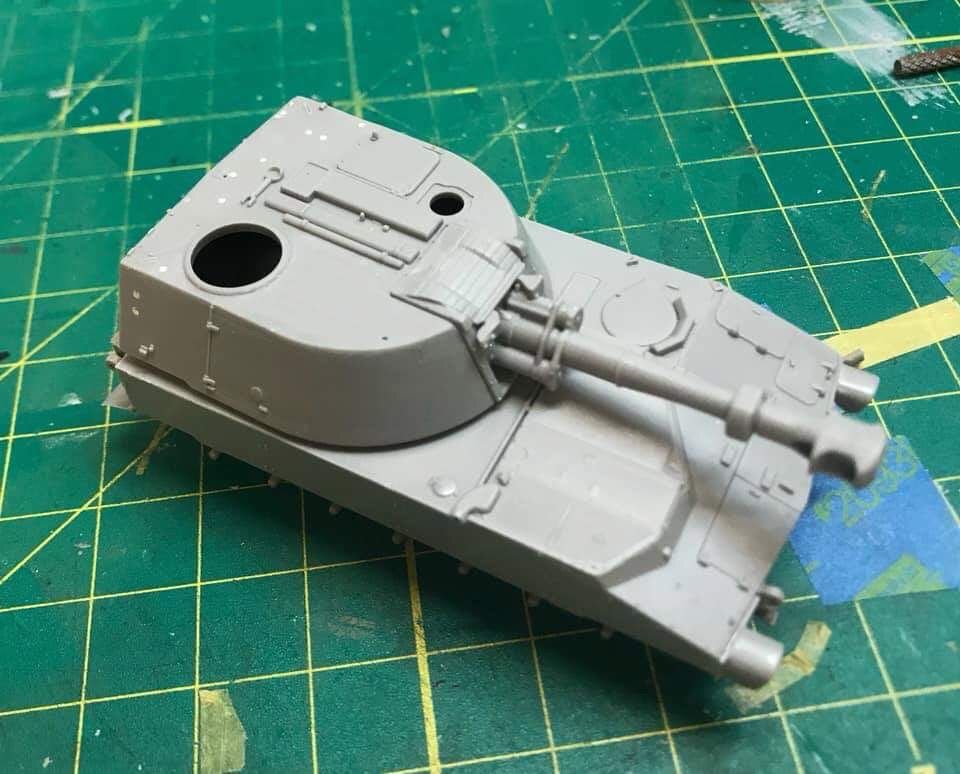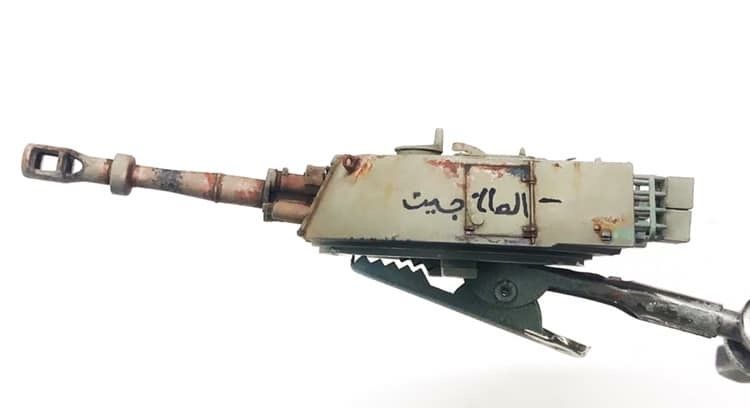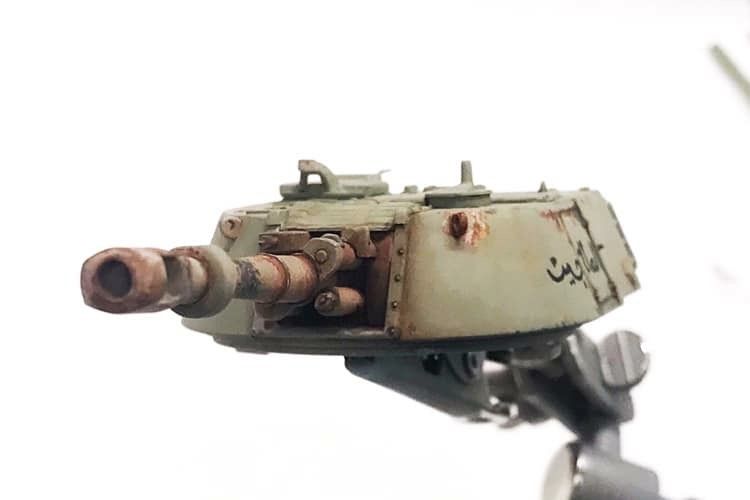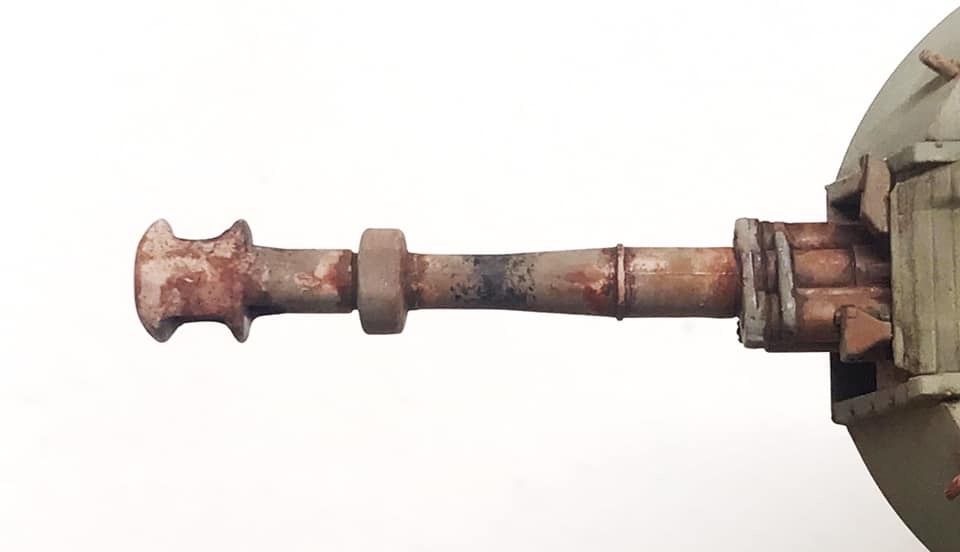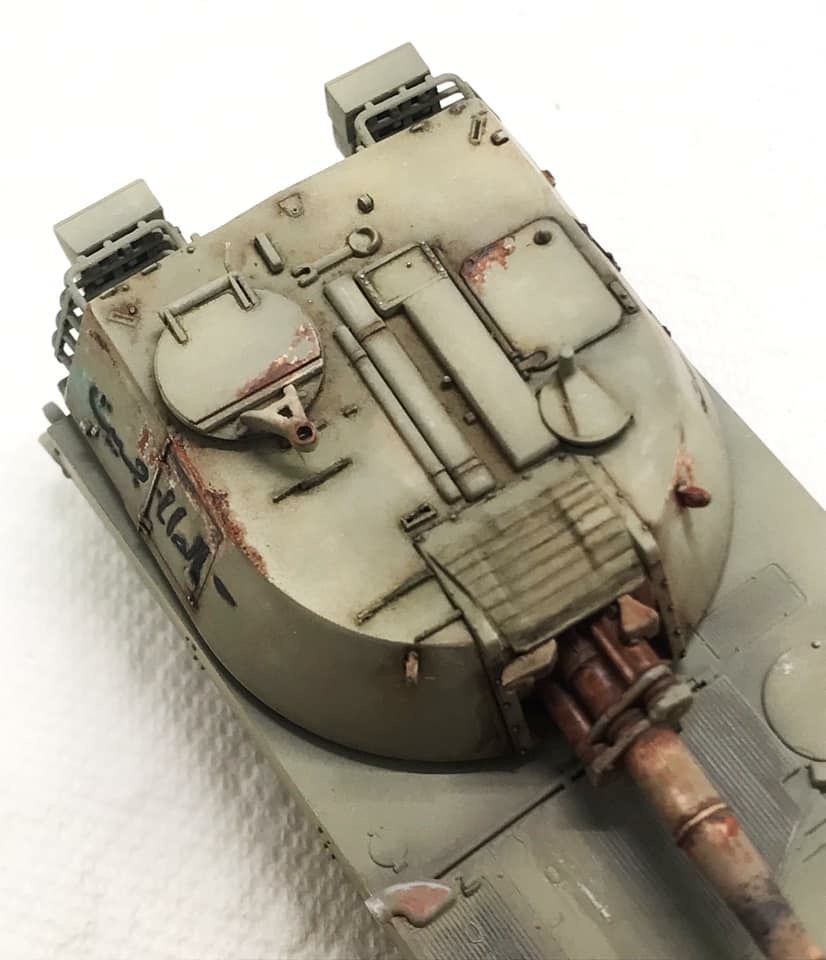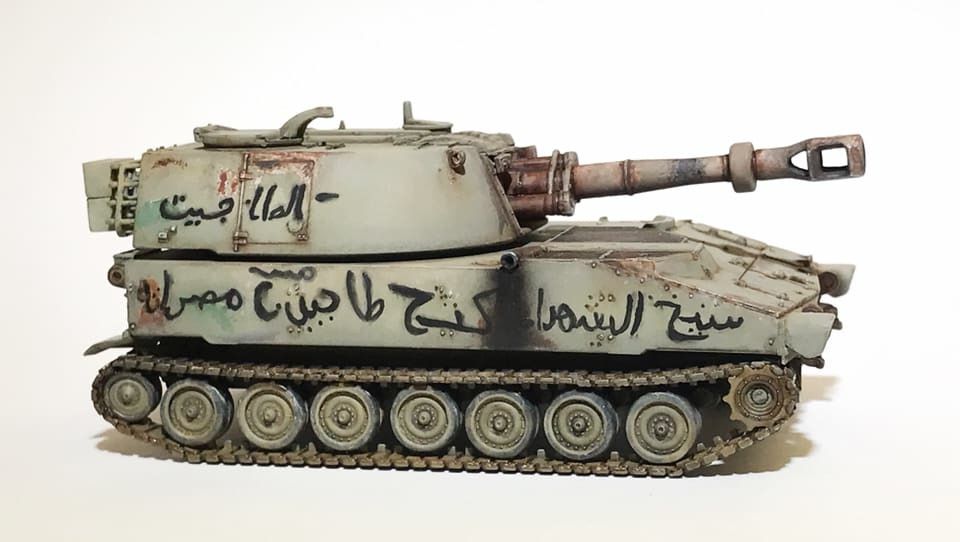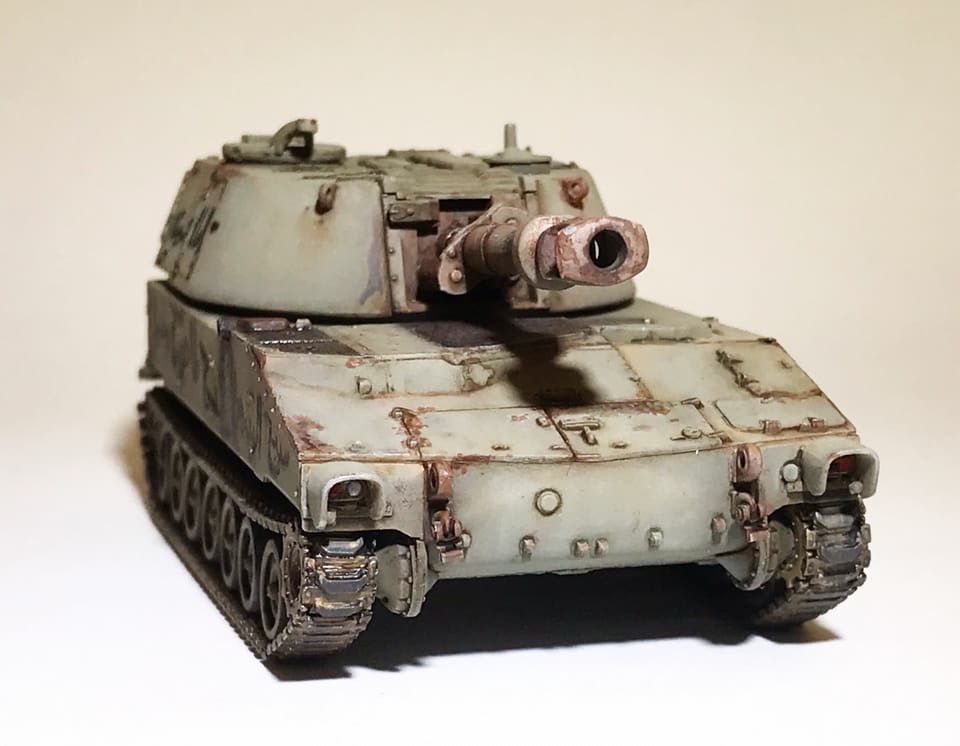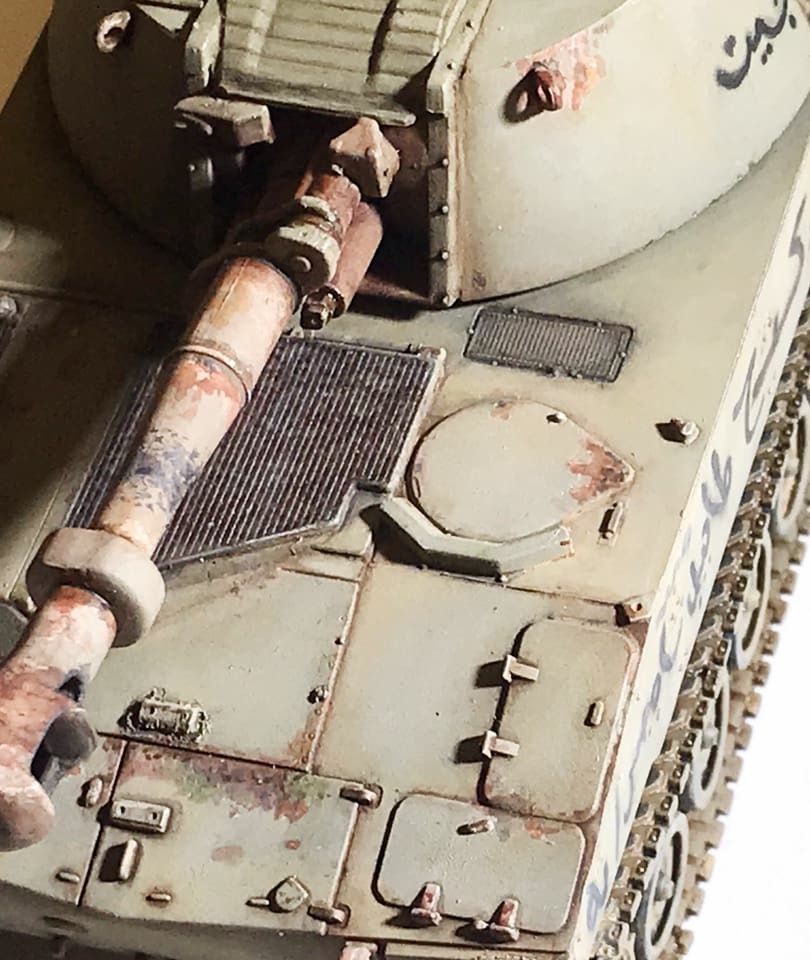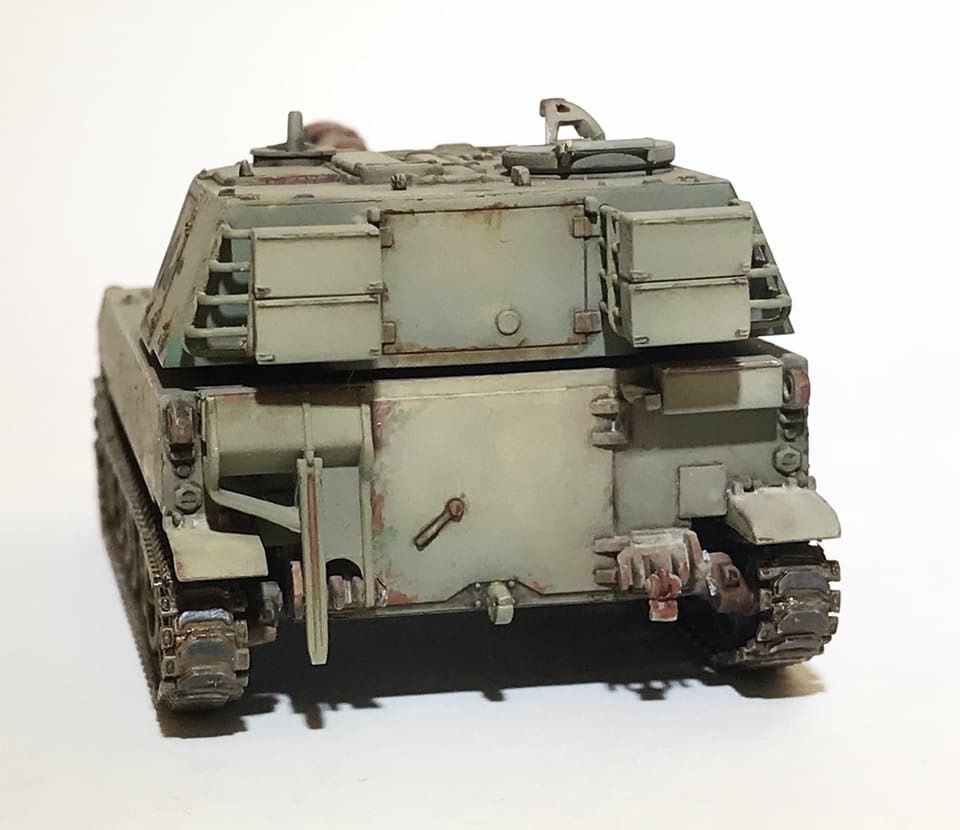M-109A, Libya 2011
Revell 1/72
Having served the United States and many other countries since the 1950s, the M-109 self-propelled howitzer, and its current incarnation in US service as the M-109A6 Paladin, needs no introduction.
A small number, anywhere from a dozen to twenty, of the initial M-109 variant were supplied to the Libyan regime of King Idris in the late 1960s. Soon after their arrival, Colonel Muammar Gaddafi launched a coup that brought about one of the most bizarre, and most criminal, regimes in modern history.
Gaddafi’s end, being dragged from a culvert near his place of birth and beaten, sodomized, and finally shot by his fellow Libyans while pleading “please do not kill me, my sons” after his convoy was bombed by his former NATO allies, was as full of irony and violence as his forty-odd years of rule over the long-suffering nation of Libya.
Small wonder then that vehicles captured from the regime by anti-Gaddafi militias were emblazoned with slogans promising death to the regime and Gaddafi himself.
Due to years of embargoes and battlefield damage in Gaddafi’s meddling in Chad (where his Soviet-equipped army was savaged by Western-supplied militiamen) and other African nations, it’s likely that half or more of Gaddafi’s vehicles were kept in storage for lack of spare parts and technical knowledge. Hence the discovery of these old M-109s by anti-Gaddafi militias among other dilapidated artillery systems in storage.
One of my sources says the M-109s were used in the battle of Sirte (during which Gaddafi was killed), while another cites the low probability of them having actually been used in combat due to no video evidence, lack of spares and ammunition, and the prevalence of other artillery systems among anti-regime forces.
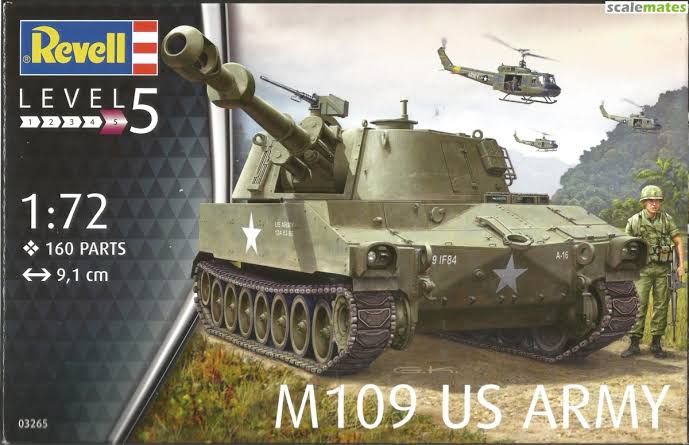 Revell really took a step back from their usual quality with this kit. Nothing that can’t be easily fixed, but there were plenty of sinkholes, flash, and incompletely molded parts more reminiscent of Italeri than Revell. The tracks and suspension did not properly align without some carving and puttying, which is something that seems to occur more and more on Revell’s newer releases.
Revell really took a step back from their usual quality with this kit. Nothing that can’t be easily fixed, but there were plenty of sinkholes, flash, and incompletely molded parts more reminiscent of Italeri than Revell. The tracks and suspension did not properly align without some carving and puttying, which is something that seems to occur more and more on Revell’s newer releases.I assumed the tools on the turret had likely been scrounged over the years, so I carved them off and scratchbuilt brackets and tie-down straps in their place. Sources showed only one recoil spade attached on one vehicle, so I left one off.
The model was painted with AK’s Real Colors ‘Libyan Army Desert Gray’ lacquer. It airbrushed well and dried dead-flat, and as there were no decals to bother with, I didn’t need any clear coats.
The graffiti was translated by an Iraqi friend and an Egyptian friend of mine. There are some differences in dialect and maybe poor handwriting by the rebels, but the graffiti indicates the rebels were willing to be martyrs, they were going to take Misurata (a city which was called Libya’s Stalingrad during the revolution), and they would eat the government forces like tajine (an Arab food). I pulled this off on the model by handwriting the Arabic script with a pencil, then painting black over it with a detail brush, then brushing black pastel over it to indicate spray paint. The model was finally weathered with oils, enamel washes, and AK pigments.
Sources -
Arab Revolutions and Border Wars, AK Publishing
Esoteric Armor: Libya M-109
http://esotericarmour.blogspot.com/2012/09/libya-m109.html
Happy modeling
Matt reeves..
Thank you for sharing Matt and welcome to "miniafv"..
Erhan...
There are only two pictures about to the construction stage...
Weathering...
completed model...

